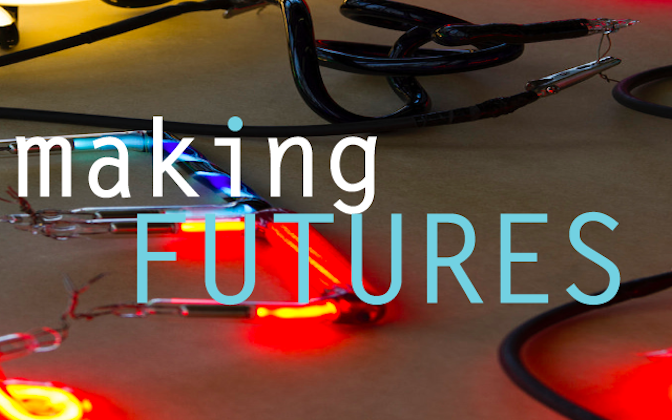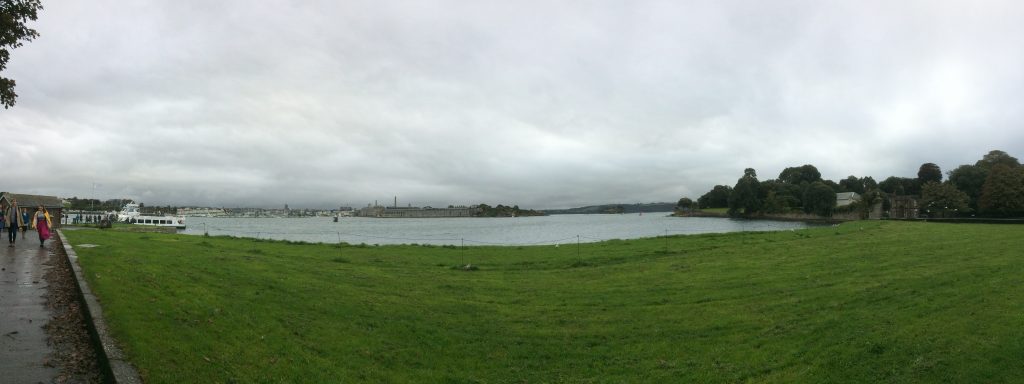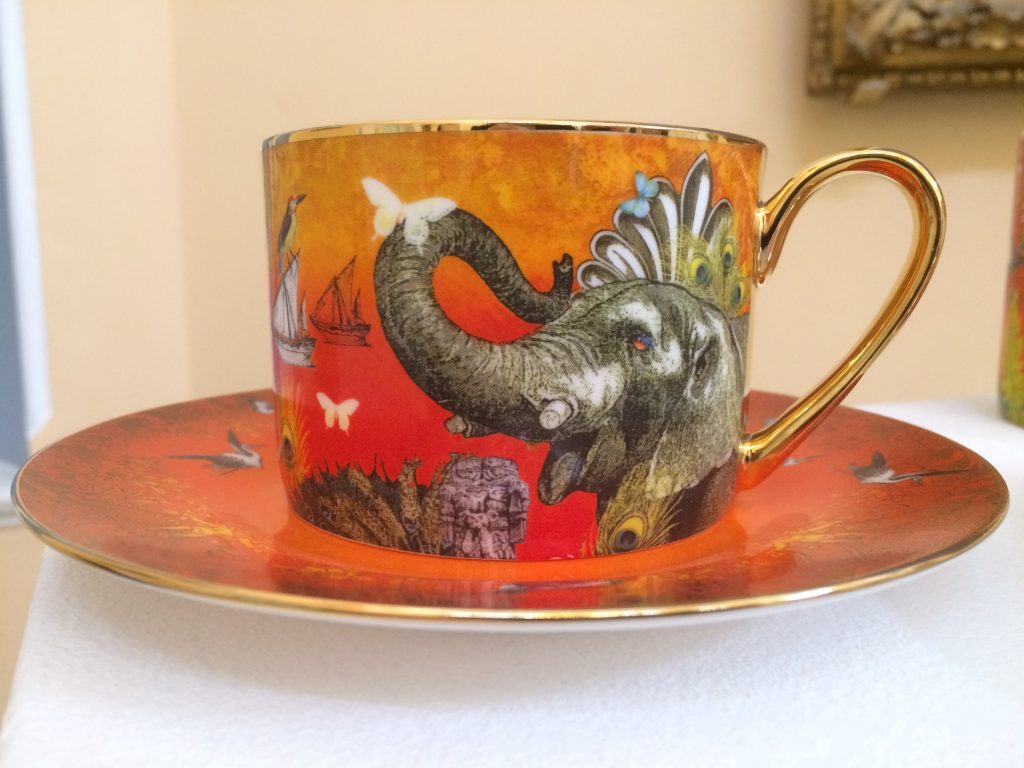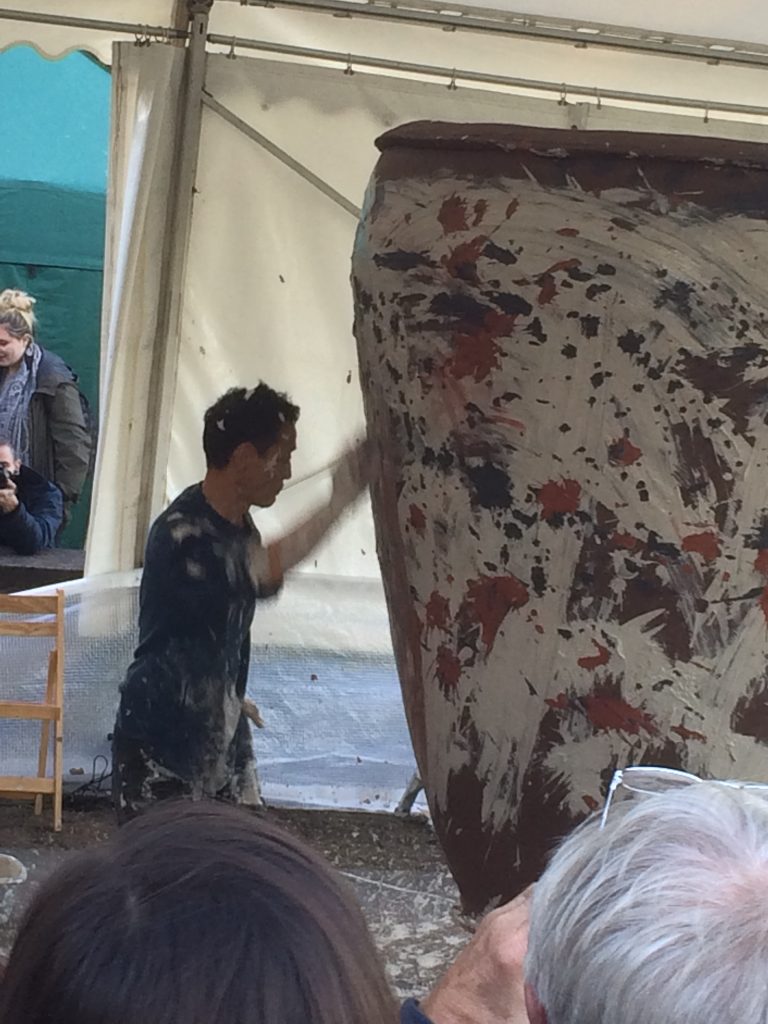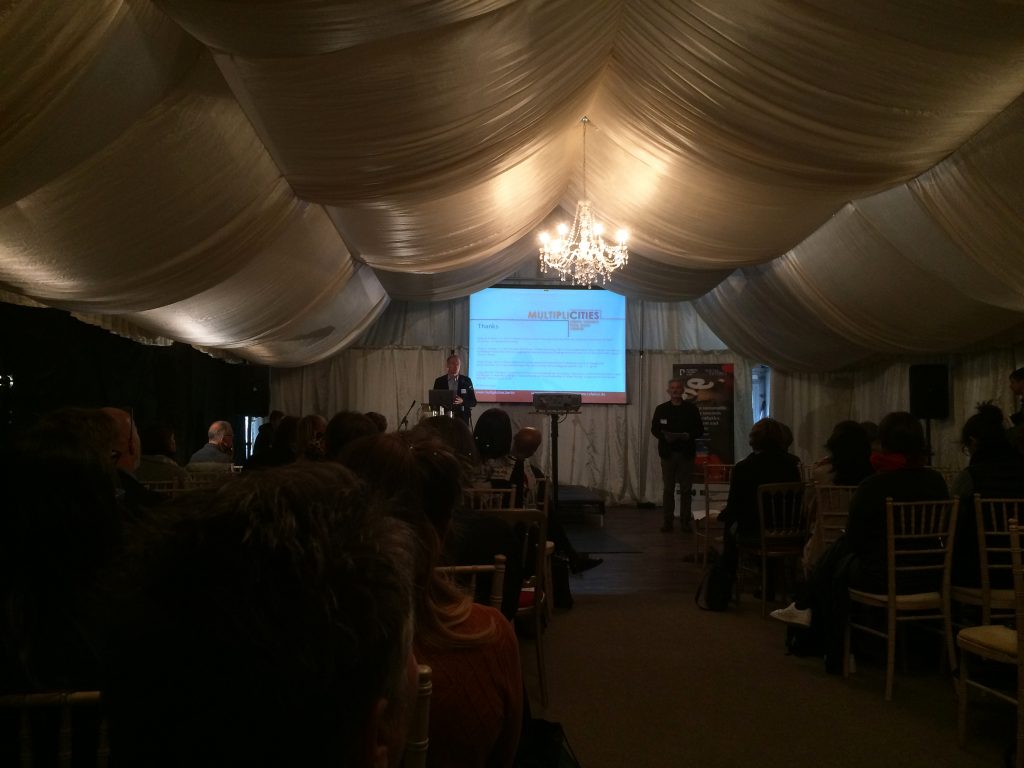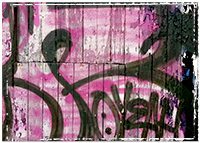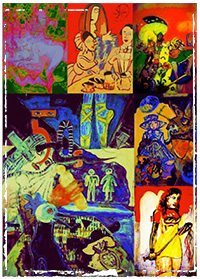The Mayflowers Steps, Plymouth, 8am – It’s raining. The ocean vista, sky and sea, appear a seamless painted wash of grey – no horizon. By the quay, people mustered together, pointlessly seeking protection from the inclement weather. The group, made up of potters, furniture makers, jewellers, authors and academics, amongst others, share a common interests in craftmaking, and appear excited by an impeding voyage of discovery. The destination, not America, but a short ferry journey across the river Tamar to Mount Edgcumbe House, the location of the 2017 edition of the biennial Making Futures Conference. Some of the passengers make the trip to give papers, myself included, some travel to perform as artists, whilst the rest comprise the conference delegates.
This is the fifth Making Futures Conference, presented as “a research platform exploring contemporary craft and maker movements as ‘change agents’ in 21st century society”. Held over the 21st and 22nd September, it attracts national and international speakers and delegates, with diverse interests in craft making. This years conference keynote speakers included; Glenn Adamson, Yale Centre for British Art; Dr Sarah Mann, British Council; Dr Bastian Lange, Director Multiplicities, Berlin. Eight break out streams for paper presentations provided opportunity for craft discourse, themes included; Craft in an Expanded Field; Procedures of Making – Materials and Process in Transformation; Making Thinking – Crafting Education. A series of creative exhibitions, performances and workshops provided alternative methods of knowledge transfer.
I was there to present to the ‘Crafting in Industry’ strand, South Staffordshire Enamel – HOW…did they make that? The value of contemporary craftsmanship in revealing (absent) 18th Century metalworking skills in literary sources. My research focuses on re-discovering 18th century metalworking skills, employed in the making of South Staffordshire enamel objects, about which little is known. The trade was an excellent example of the use of craft skill within the context of early industrial manufacturing. The craftsman fashioned thin copper sheet into complex three-dimensional forms and decorated them with enamel (glass). Making a range of mass-produced objects, including; boxes shaped like animals, candlesticks, inkwells, and tea cadies etc. My research method employs a combination of archival research – critical observation of objects, and research through practice – craftsmanship analysis. Enamel objects and craftsmanship references in literature are analysed through a craftsmanship lens (I am a craftsmaker as well as researcher). My nuanced understanding as a maker brings a fresh methodological approach to the subject. The paper presented one aspect of my research; the theoretical analysis of the process descriptions within 18th century texts. Fragments of making description from various sources were assembled into one coherent whole and the material analysed and interpreted. This revealed relevant and irrelevant process descriptions and illuminated possible absences of making knowledge required to complete the journey of craftsmanship. Interpretation revealed new perspectives on some of the processes described. The paper will be published in the making Futures Journal in Spring 2018.
The conference was a rich melting pot of ideas, and unfortunately the shear number of speakers and events cannot be fully covered here (see the conference web site here for more information). However, highlights of the two days for me included:
Dr Peter Oakley and Rod Bamford’s RCA research project, in partnership with Royal Crown Derby Porcelain Ltd., and MZ Toner Technologies. The research project comprises two components. A material science investigation, that looks at improving existing digital ceramic transfer print technology, in order to make it appropriate for use by the ceramics industry. An ethnographic study, that focuses on factory procedures, to develop understanding of how this new technology may be adopted by industry.
RCA Research – Porcelain ware, decorated with digitally printed ceramic transfer.
Korean ceramicist Kangyho LEE, artist in residence at the conference, took to producing a ceramic vessel as performance art. Over a two-day period he coiled a pot of epic proportions. Then exploring gestural mark making, he proceeded to decorate it by throwing buckets of slip (liquid coloured clay) on to the clay body, whilst using hand and stick to gouge, and rub the surface in response to an accompaniment of live Korean folk music.
Kangyho LEE, Korean ceramic artist in performance.
Jennifer Reid, singer and performer of 19th Century Lancashire Industrial Revolution Broadside Ballads, see here, treated us to descriptions of making in the factories of 19th century Lancashire, through the medium of song and clog dancing.
And finally, Dr Bastian Lange, Director Multiplicities, Berlin, provided a thought provoking final conference key note, talking about maker spaces, fab-labs etc., and their effectiveness in countering globalisation. Here he identified examples of good practice and BCU STEAM House project was cited, a proud moment!
Dr Bastian Lange, Director Multiplicities in conversation.
John Grayson is a PhD student/STEAM scholar, at the School of Jewellery. He was funded to attend Making Futures by the Faculty of Arts, Design & Media.
